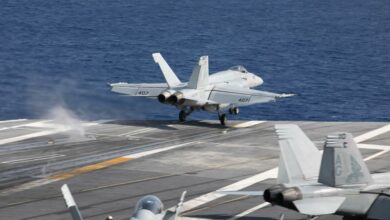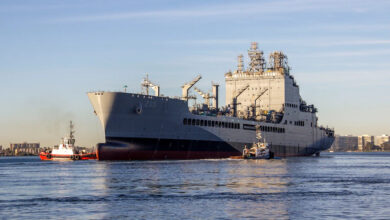US Naval Engineers Develop AI Aid for High-Energy Laser Fire Control
US naval engineers have developed an artificial intelligence (AI)-based decision aid to assist sailors in operating laser weapons.
The High Energy Laser Fire Control Decision Aid (HEL FCDA) was developed by a team of the US Naval Surface Warfare Center Dahlgren Division (NSWCDD).
The developers proved the system’s effectiveness during a user trial involving a machine learning algorithm “gathering data about the impacts on kill chain time, trust, neutralization rate, usability, and workload” which included “human performance testing.”
Human-Machine Study
“We arranged it very specifically to gauge the accuracy of the decision aid system’s artificial intelligence,” said Dr. Tyler Ferro, an operational design and performance engineer at NSWCDD.
“We did this based on the literature about autonomous cars that describe the precise point where people either trust or don’t trust self-driving cars,” he added.
“We wanted to determine what accuracy and performance we need out of an artificial intelligence machine learning model to assist the warfighter in a tactical situation with enough information to trust it and actively engage with the model as opposed to turning it off and just setting it aside.”
Study Findings
The human-machine teaming study revealed that warfighters can become overwhelmed by a “multitude of computer and system interactions.”
“These interactions include cross-checking all of their documentation and information about possible targets that they may engage in different areas. We wanted to show the benefit to artificial intelligence and machine language approaches to increase decision-making efficiency for warfighters who operate high-energy laser weapons.”
Faster Decision-Making
The trial also proved that users respond and neutralize threats far more quickly with the system.
“They were more accurate and able to neutralize the target by quickly selecting the correct aimpoint. The system was rated by the warfighter as more usable, and we were able to show that the warfighters were far less stressed by using the decision aid,” Ferro explained.
While Ferro and his team continue developing the system, the NSWCDD is planning to make the system “interoperable with the Navy’s integrated combat system – a complex combat system vital to the future fleet’s capabilities.”












